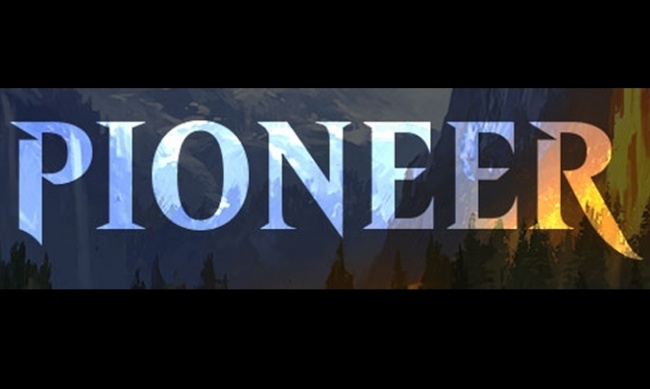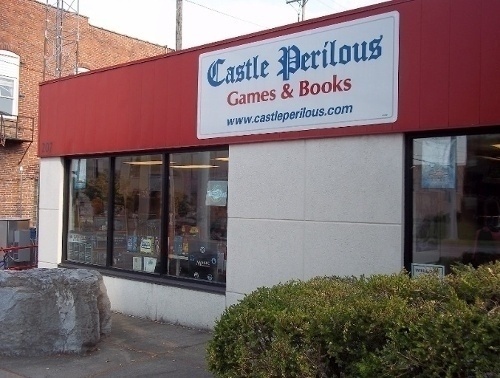Rolling for Initiative is a weekly column by Scott Thorne, PhD, owner of Castle Perilous Games & Books in Carbondale, Illinois and instructor in marketing at Southeast Missouri State University. This week, Thorne delivers a quick note from the "Fun with Amazon Pricing" department, and then, goes on to analyze the reasons Wizards of the Coast created Pioneer.
From the “Fun with Amazon Pricing” department, here is a copy of the first edition of Lester Smith’s D6 x D6 Role-Playing Game: Core Edition for only $779.90. The price has actually dropped, too. A few days ago, Amazon had it priced at over $1000. An example of the vagaries of multi-platform pricing programs, a lot of companies listing large quantities on Amazon outsource the process to a third party processor that uses an algorithm to scan multiple sales platforms for estimated prices. Since the D6 x D6 Role-Playing Game: Core Edition is fairly rare, when the algorithm cannot find the same product or a similar one, it makes a guestimate and lists the product at that price, which can be highly out of whack at what the expected price would be. If you do happen to want a copy of the game, Smith will happily sell you one off his website for far less. I would gladly sell you a copy at a 90% discount from the Amazon price.
Designed to fill a perceived gap between Modern and Standard, WOTC announced Pioneer format last month (see "'Magic: The Gathering' Ban Hammer Comes Down On 'Field of the Dead'"). With the exception of five allied fetch lands, Bloodstained Mire, Flooded Strand, Polluted Delta, Windswept Heath, and Wooded Foothills, all cards released back to Return to Ravnica are Pioneer format legal. Modern now suffers from the same problem afflicting Legacy which prompted the creation of Vintage, the same problems which led to the complete abandonment of Vintage as a competitive format, or even casually played format, which is a price barrier for new players.
The Vintage format allows players to use cards dating back to the dawn of Magic: The Gathering, including a group of restricted cards called the "Power Nine." A competitive Vintage deck will easily run four figures. A quick search of deck prices found that the cheapest competitive deck ran about $360, while most hovered around the $1500 range. WotC created Legacy format to allow players to compete in tournaments without having to worry about the more expensive cards in Vintage. If a card was restricted in Vintage (limited to one per deck) it was banned in Legacy. For play in today’s tournament environment, the Legacy list of legal cards has replaced the original Vintage list, making the Vintage format obsolete.
While still popular on the competitive Magic: The Gathering circuit, Modern play in most stores has declined precipitously due to the same problem afflicting Legacy. Modern legal cards date back to 2003’s Mirroden set, meaning that today’s high school graduates first entered the world when the set released, so players can only acquire the cards needed to play Modern competitively from the secondary market. A “budget” deck for Modern play costs around $100 while a competitive deck runs $500 to $1500, putting deck costs in Legacy range, precisely the thing WotC created Modern to avoid.
Hence, the need for a new format that lowers the cost of completive play for relatively new entrants to the game while allowing more experienced players to keep playing the cards they acquired from earlier sets. Return to Ravnica, the earliest set in the Pioneer block, dates back to 2012 with cards still readily available. Though a strong competitive deck for the format will still cost $100 to $500, playable decks for local play will cost far less, encouraging new players to stay in the game and buy Magic products, which is, ultimately, WotC’s end goal.
The opinions expressed in this column are solely those of the writer, and do not necessarily reflect the views of the editorial staff of ICv2.com.

Column by Scott Thorne
Posted by Scott Thorne on November 4, 2019 @ 12:40 am CT



